
Gertrude Vanderbilt Whitney was an American sculptor, art patron and collector, and founder in 1931 of the Whitney Museum of American Art in New York City. She was a prominent social figure and hostess, who was born into the wealthy Vanderbilt family and married into the Whitney family.

The Federal Art Project (1935–1943) was a New Deal program to fund the visual arts in the United States. Under national director Holger Cahill, it was one of five Federal Project Number One projects sponsored by the Works Progress Administration (WPA), and the largest of the New Deal art projects. It was created not as a cultural activity, but as a relief measure to employ artists and artisans to create murals, easel paintings, sculpture, graphic art, posters, photography, theatre scenic design, and arts and crafts. The WPA Federal Art Project established more than 100 community art centers throughout the country, researched and documented American design, commissioned a significant body of public art without restriction to content or subject matter, and sustained some 10,000 artists and craft workers during the Great Depression. According to American Heritage, “Something like 400,000 easel paintings, murals, prints, posters, and renderings were produced by WPA artists during the eight years of the project’s existence, virtually free of government pressure to control subject matter, interpretation, or style.”

Ethel Kremer Schwabacher was an influential abstract expressionist painter, represented by the Betty Parsons Gallery in the 1950s and 1960s. She was a protégé and first biographer of Arshile Gorky, and friends with many of the prominent painters of New York at that time, including Willem de Kooning, Richard Pousette-Dart, Kenzo Okada, and José Guerrero. She was also the author of a monograph on the artist John Charles Ford and a memoir, "Hungry for Light".
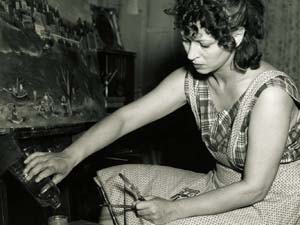
Doris Emrick Lee was an American painter known for her figurative painting and printmaking. She won the Logan Medal of the Arts from the Chicago Art Institute in 1935. She is known as one of the most successful female artists of the Depression era in the United States.
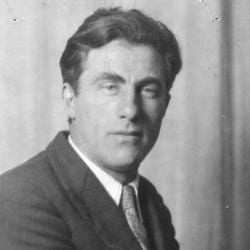
Harry Gottlieb was an American painter, screen printer, lithographer, and educator.

Harriet Whitney Frishmuth was an American sculptor known for her works in bronze.

Nancy Elizabeth Prophet was an American artist of African-American and Native American ancestry, known for her sculpture. She was the first African-American graduate from the Rhode Island School of Design in 1918 and later studied at L'Ecole des Beaux-Arts in Paris during the early 1920s. She became noted for her work in Paris in the 1920s and 1930s. In 1934, Prophet began teaching at Spelman College, expanding the curriculum to include modeling and history of art and architecture. Prophet died in 1960 at the age of 70.

Arnold Blanch, was born and raised in Mantorville, Minnesota. He was an American modernist painter, etcher, illustrator, lithographer, muralist, printmaker and art teacher.

Brenda Putnam was an American sculptor, teacher and author.

Lucile Esma Lundquist Blanch was an American artist, art educator, and Guggenheim Fellow. She was noted for the murals she created for the U.S. Treasury Department's Section of Fine Arts during the Great Depression.
Gladys Caldwell Fisher was an American sculptor and animalier, born in Loveland, Colorado and based in Denver. Best known in Colorado, she was nationally recognized for her work.
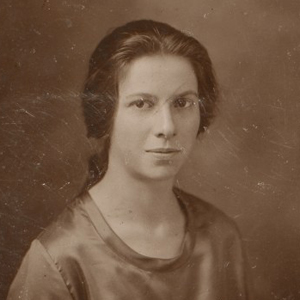
Gertrude Glass Greene was an abstract sculptor and painter from New York City. Gertrude and her husband, artist Balcomb Greene, were heavily involved in political activism to promote mainstream acceptance of abstract art. They were founding members of the American Abstract Artists organization.

Audrey McMahon was the Director of the New York region of the Federal Art Project from 1935 to 1943; the region she oversaw included New York City, New Jersey, and Philadelphia. Born in New York City in 1898, she attended the Sorbonne, and she was the director of the College Art Association. She died August 20, 1981, at her home in Greenwich Village at the age of 87. Her approach to the administration of the Federal Art Project attempted to give the artists employed a great deal of freedom, and as she recalled later, "It is gratifying to note...that almost all of the painters, sculptors, graphic artists, and muralists who recall those days remember little or no artistic stricture." As the Federal Art Project began its conclusion in 1939, McMahon worked to delay the liquidation process, and the program changed to become the Graphic Section of the War Services Division in 1942, wherein "mural painters designed and executed camouflage patterns for tanks, ships, and many military objects", until the program was liquidated in January 1943 and McMahon resigned.

Cleo Hartwig was an American sculptor who worked in stone, wood, terra cotta, plaster, paper, woodcut, and ceramic. She won a number of awards, including national awards, and her work is exhibited across the northeast U.S. She is regarded as a member of The New York School.
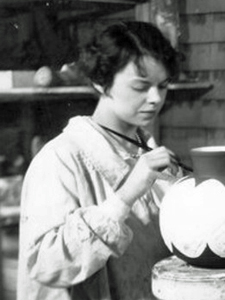
Thelma Frazier Winter (1903–1977) was an American enamelist, ceramic sculptor, and painter. She worked at Cowan Pottery and belonged to the Cleveland School of artists.

Doris Porter Caesar was an American sculptor best known for her portrayals of the nude female body.
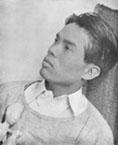
Hideo Noda, also known as Hideo Benjamin Noda and Benjamin Hideo Noda, was a Japanese-American modernist painter and muralist, member of the Shinseisakuha movement in Japan, student of Arnold Blanch, and uncle of Japanese printmaker Tetsuya Noda, as well as alleged communist spy recruited by Whittaker Chambers.

Katherine Schmidt was an American artist and art activist. Early in her career, the figure studies, landscapes, and still lifes she painted drew praise for their "purity and clarity of color," "sound draftsmanship," and "individual choice of subject and its handling." During the 1930s she was known mainly for the quality of her still life paintings which showed, one critic said, "impeccable artistry." At the end of her career, in the 1960s and 1970s, she produced specialized and highly disciplined still lifes of objects such as dead leaves and pieces of crumpled paper, which, said a critic, approached a "magical realism." As an art activist she helped promote the rights of artists for fair remuneration.
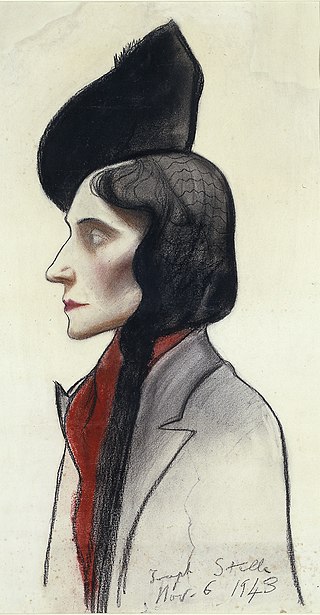
Clara Fasano was an Italian born American sculptor known for her terracotta figures with religious or allegorical themes.

Grace Hill Turnbull was an American painter, sculptor and writer.

























